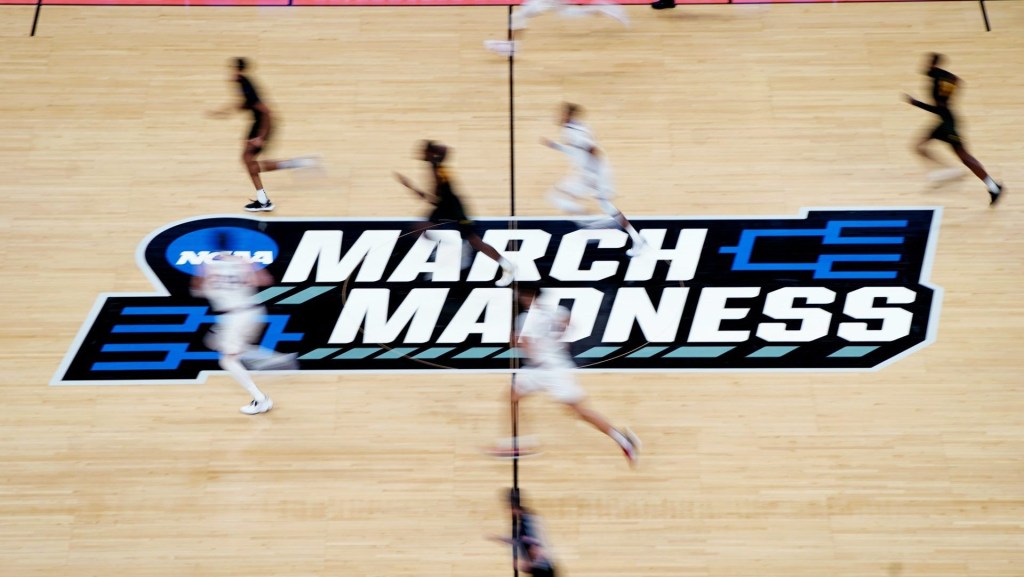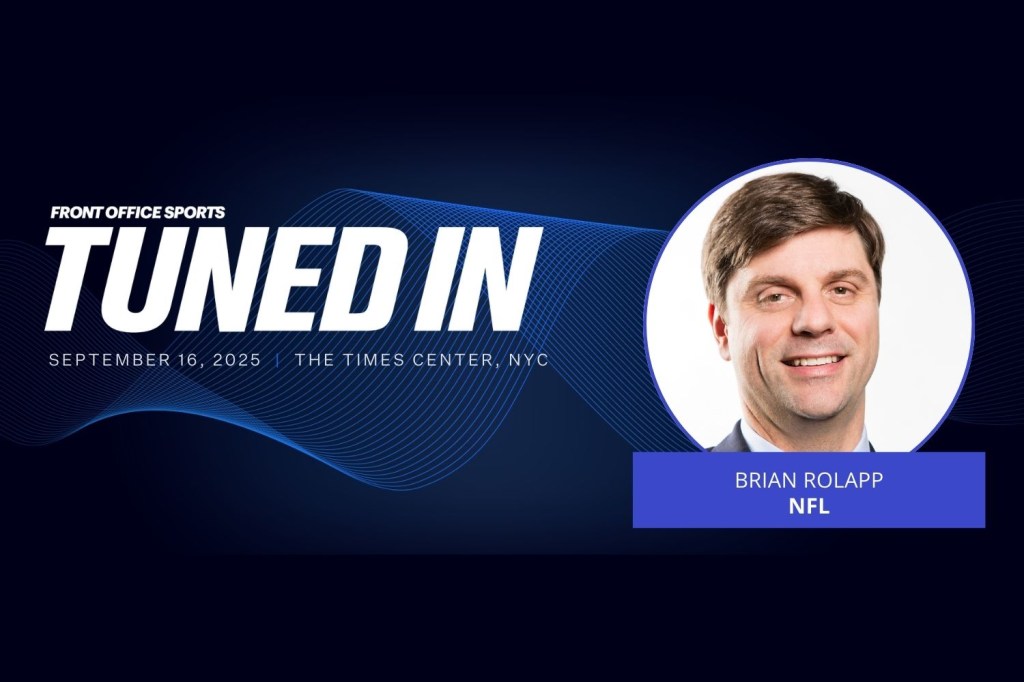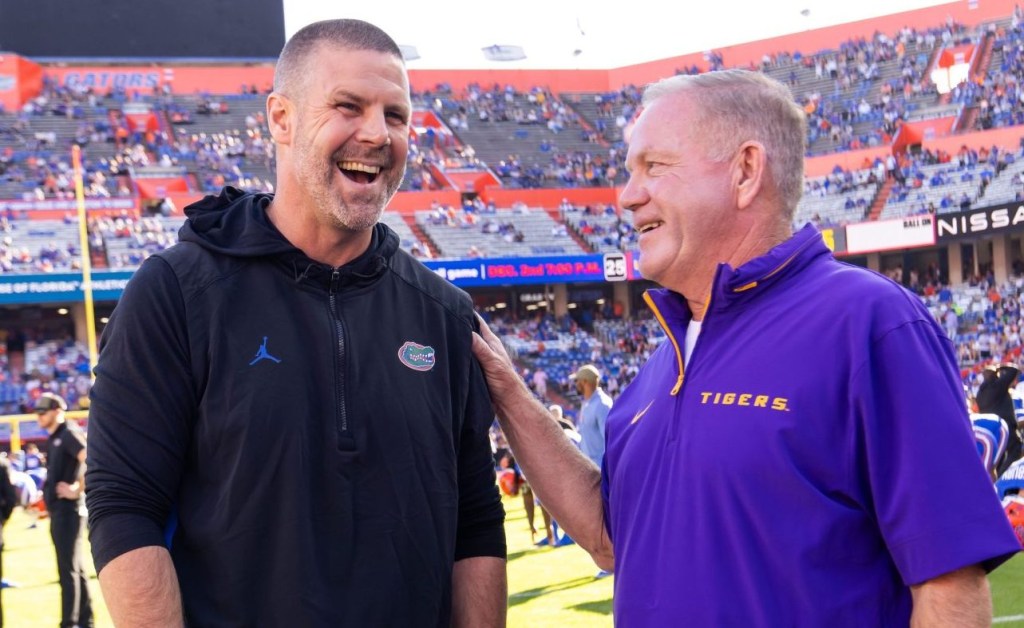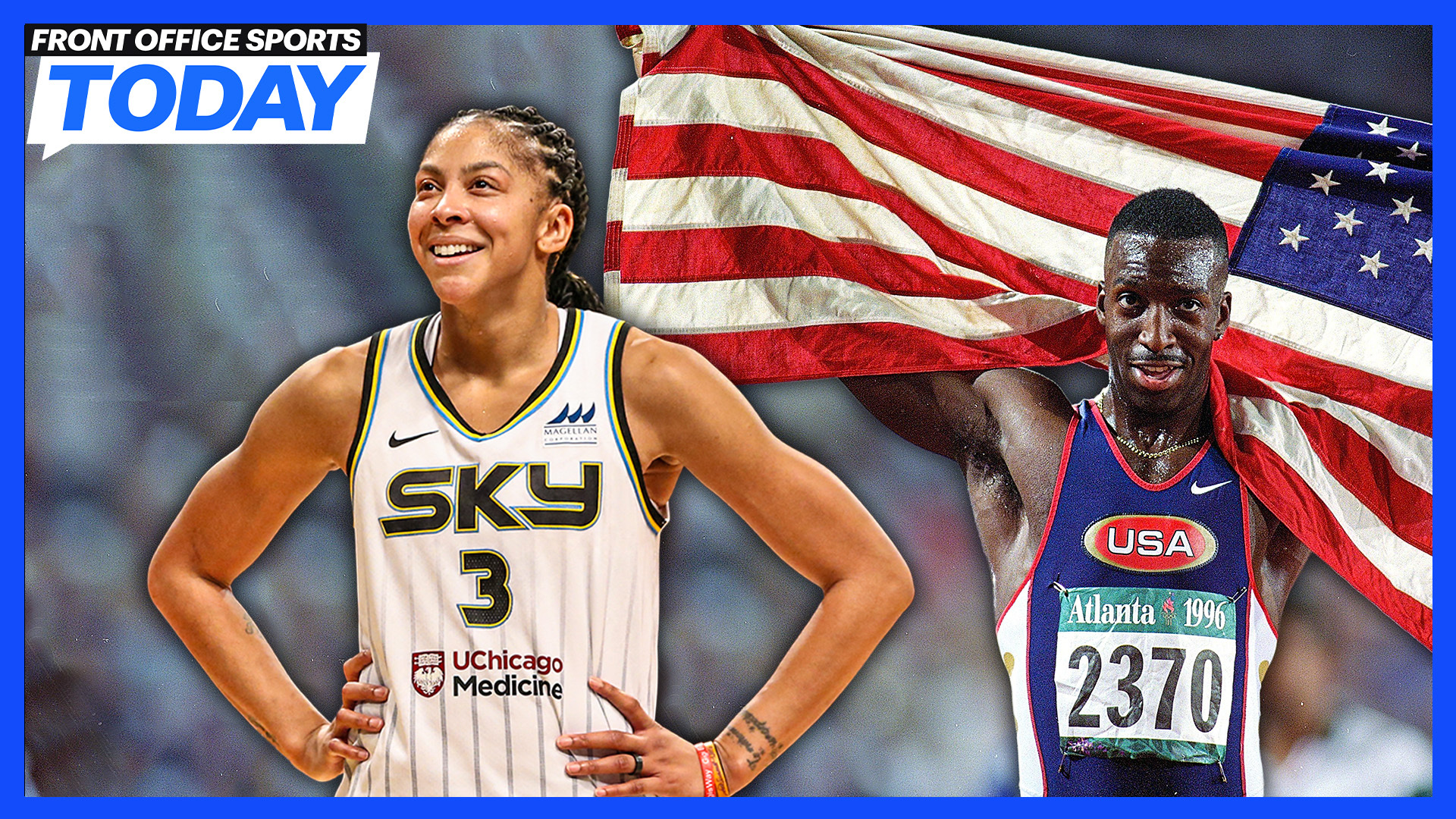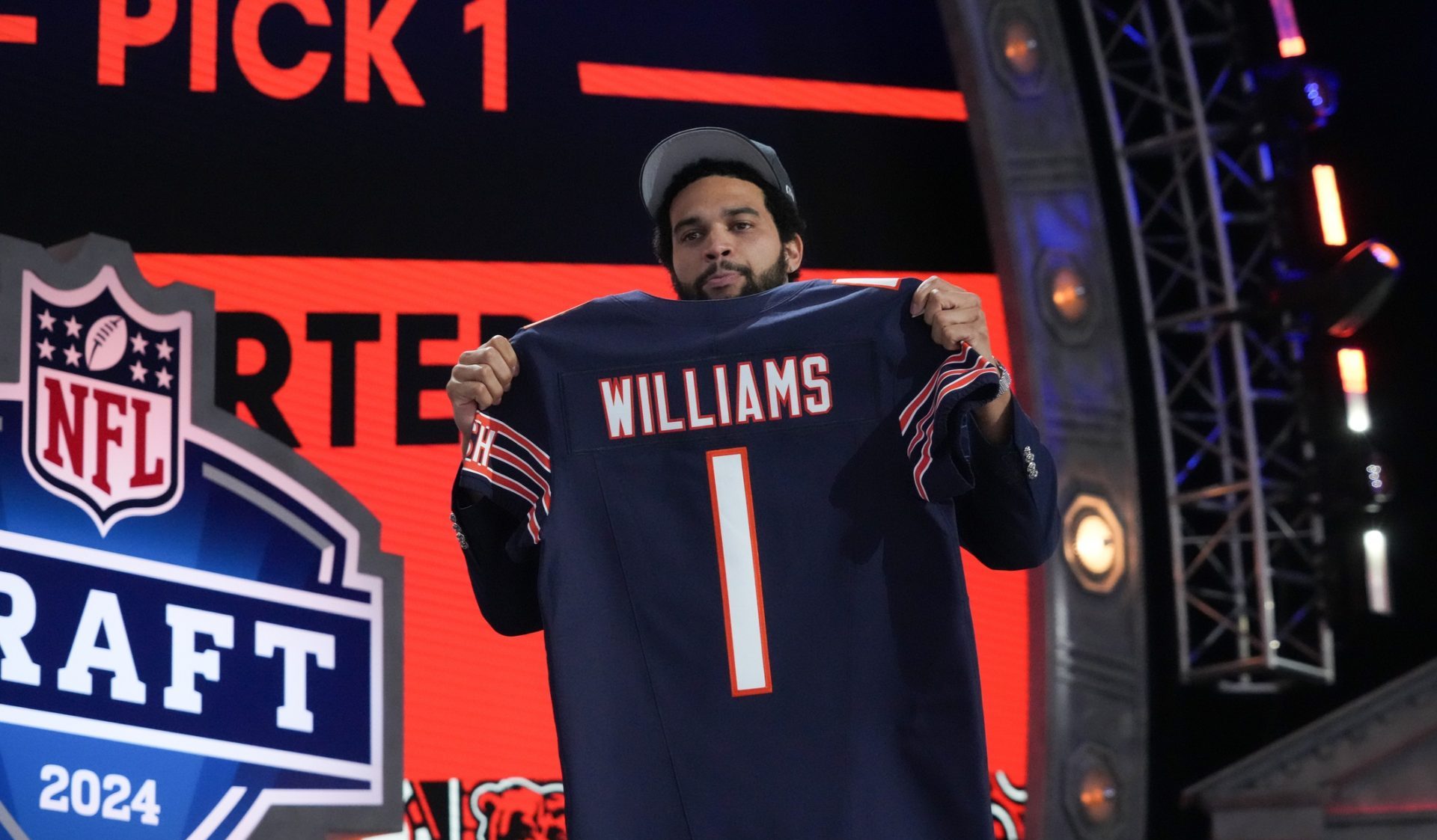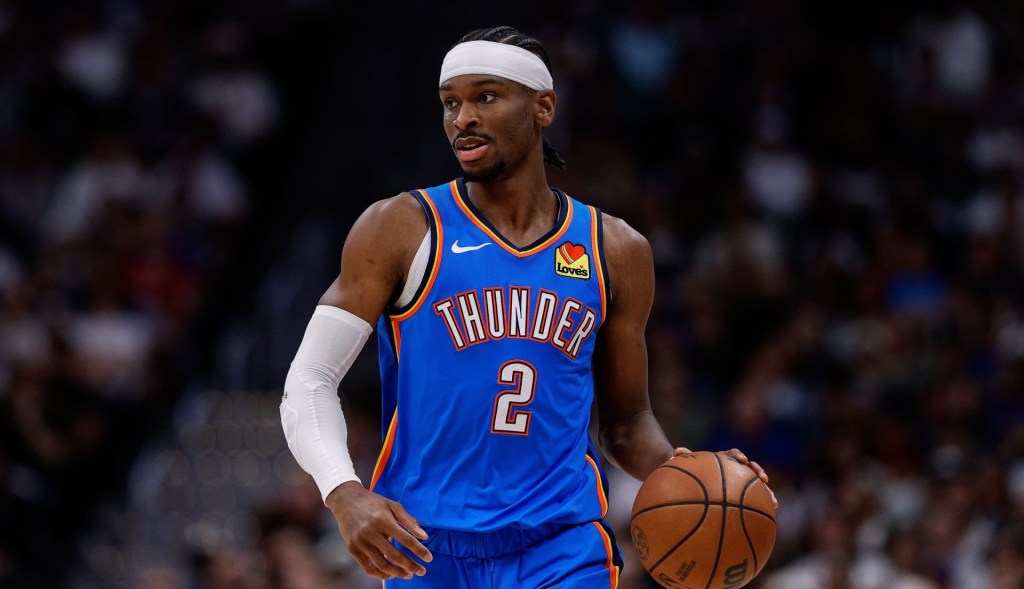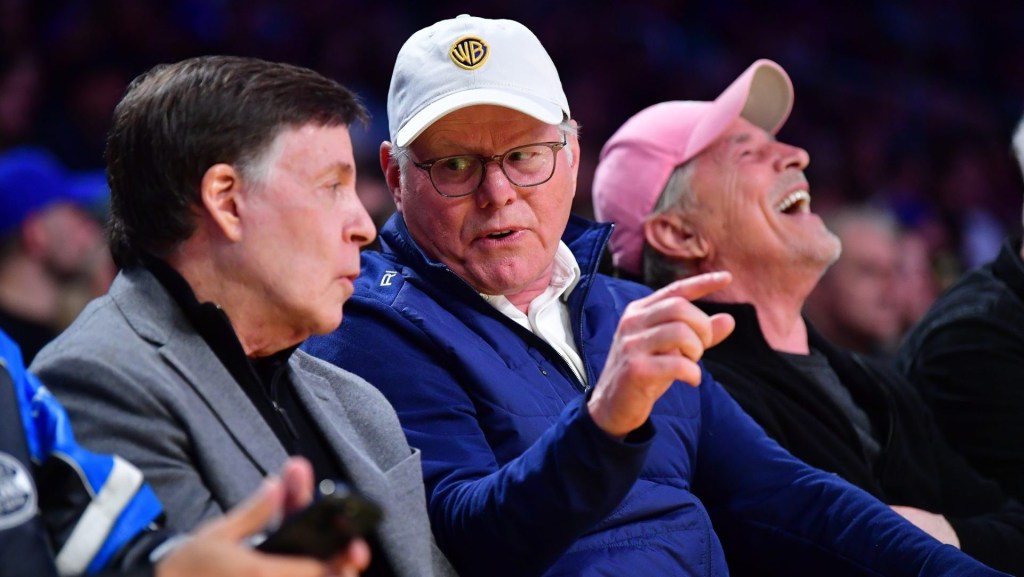ORLANDO — NCAA president Charlie Baker said discussions are underway with March Madness media-rights holders CBS and Warner Bros. Discovery about expanding the men’s tournament from 68 to 72 or 76 teams, beginning in 2026.
“We’ve had good conversations with CBS and WBD,” Baker said Thursday at the Big 12 spring meetings. “Our goal here is to try to either get to yes or no sometime in the next few months, because there’s a lot of logistical work that would be associated with doing this, if we were to go down this road.”
Baker confirmed expansion could come immediately. “That would be the goal—to try and do this for next year, which is why the window to actually negotiate it will probably end sometime early summer,” he said.
“We’ve been talking about 72 and 76,” Baker added. “Those have been the numbers the basketball committee’s talked about. It would obviously be one or the other, won’t be more.”
Baker’s comments came a day after Kansas men’s basketball coach Bill Self said Big 12 men’s coaches were in favor of expanding March Madness.
Earlier this year, Big 12 commissioner Brett Yormark said he approved of expansion, too, if CBS and WBD were committed to paying more for their media rights.
Thursday afternoon, media executives told FOS that the additional games were not worth much. One executive who declined to be named was very straightforward: “I believe CBS and TNT will offer them zero—or a minus amount. They’re expanding the earliest round for no apparent reason other than the powers that be think it’s worth more.”
Creating the Best Bracket
While Baker said the NCAA has no intention of changing the 31 automatic qualifiers for March Madness, he admitted those entries keep out teams that are tournament-worthy, in his mind.
“If you have a tournament that’s got 68 teams in it, you’re going to have a bunch of teams that are probably among what most people would consider be the best 68 or 70 teams in the country that aren’t going to make the tournament—period—because you get a whole bunch of people who win their conference tournaments who aren’t in that group,” Baker said.
“So, the point behind going from 68 to 72 or 76 is to basically give some of those schools that probably were among the best teams in the country a way into the tournament.”

